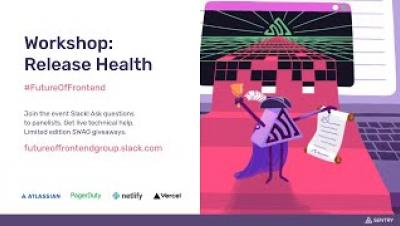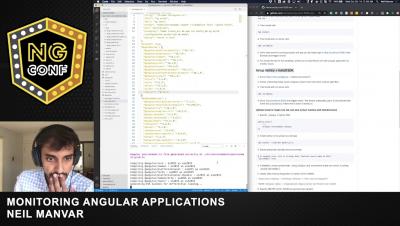Operations | Monitoring | ITSM | DevOps | Cloud
November 2020
Workshop: Performance Monitoring
Workshop: Release Health
Workshop: Sentry's Integration Platform
Session 1: Keynote - The Future of Software
Session 2: Static to Dynamic and Back Again
Session 3: Operationalizing the Frontend
Session 4: The Future of Cross-Platform
The Future of Frontend
Monitoring Angular Applications
Investigating Performance Regressions with Trends
To us, dogfooding means using Sentry to improve Sentry. Here in this article, you’ll see how we used Performance to improve our search infrastructure. Recently, we extended our performance monitoring solution support to PHP and Serverless. We’re bringing it to Ruby and Java + Springboot soon too. But as some of you may have noticed, there’s also a new view in Performance, Trends. Trends shows you the most improved and regressed transactions in relation to releases.
Getting Started with Web Vitals
To improve front-end performance in your application, it’s important to understand what kind of problems users are experiencing. They may be encountering slow load times, seeing unexpected shifts, or having trouble interacting with UI components. The question is, how bad is it? Is it perpetual-rage-click bad? Is it ditch-your-app bad? Is it rant-on-Twitter bad?













